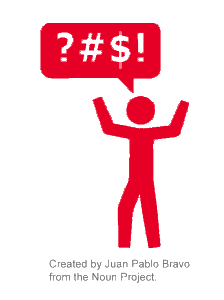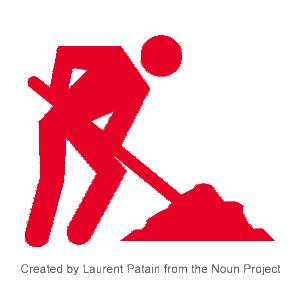I am no fool.
I knew that I would have to confront the n-word during some point in this project.
I just didn’t know that I would have to deal with it so early. There I was researching riot #1 when it first jumped out. Just like that.
I thought about putting this topic about it off for later, waiting, letting time help me figure out what to do here, what to say, but then I decided to just grab the bull by the horns. But then I got caught up in some other riots. Each time, I found the n-word. Again, this isn’t surprising at all, but it is a different experience to read it so many times in such a short period of time.
Because I am very uncomfortable with that particular word, I will not use it in the project. I will choose euphemism, making use of ellipses and square brackets. This way, I am able to communicate what I have read while indicating that I have made an edit to the text. There is one exception, though. Book titles. If the word is in the title of a book, I think that I’ll leave it if I feel the need to allude to said book.
Nobody said that this project was going to be comfortable.
This isn’t a decision that I flipped a coin and made. Historians typically don’t avoid the word. After all if you’re studying history, you spend time with the words that were used. Primary documents include all of the things that time has deemed inappropriate, hateful, evil, wrong or what have you. It is a part of what you’re studying. So, in a sense, I’m breaking with some of the very traditions I’m turning to in order to frame the project.
I did my homework first, looking for books on the word. I was looking for an understanding of the word that went deeper than the one that I already had.
I began to read.
I long have understood that it is a racial slur, that has had a long history in the United States. It has also taken on some other uses, not without controversy. I hoped that this reading would help me to compose a concise post here about why I was making the decision I am here. What I learned instead is that it would require substantial research to get to that point. Considering the already daunting scope of this project that I’m not going to follow those numerous trails.
Besides, if the research that I’ve done so far says anything about the research that I’ll do during this project, I have the feeling that I’m about to be schooled on about 200 years of that explosive word’s usage.

